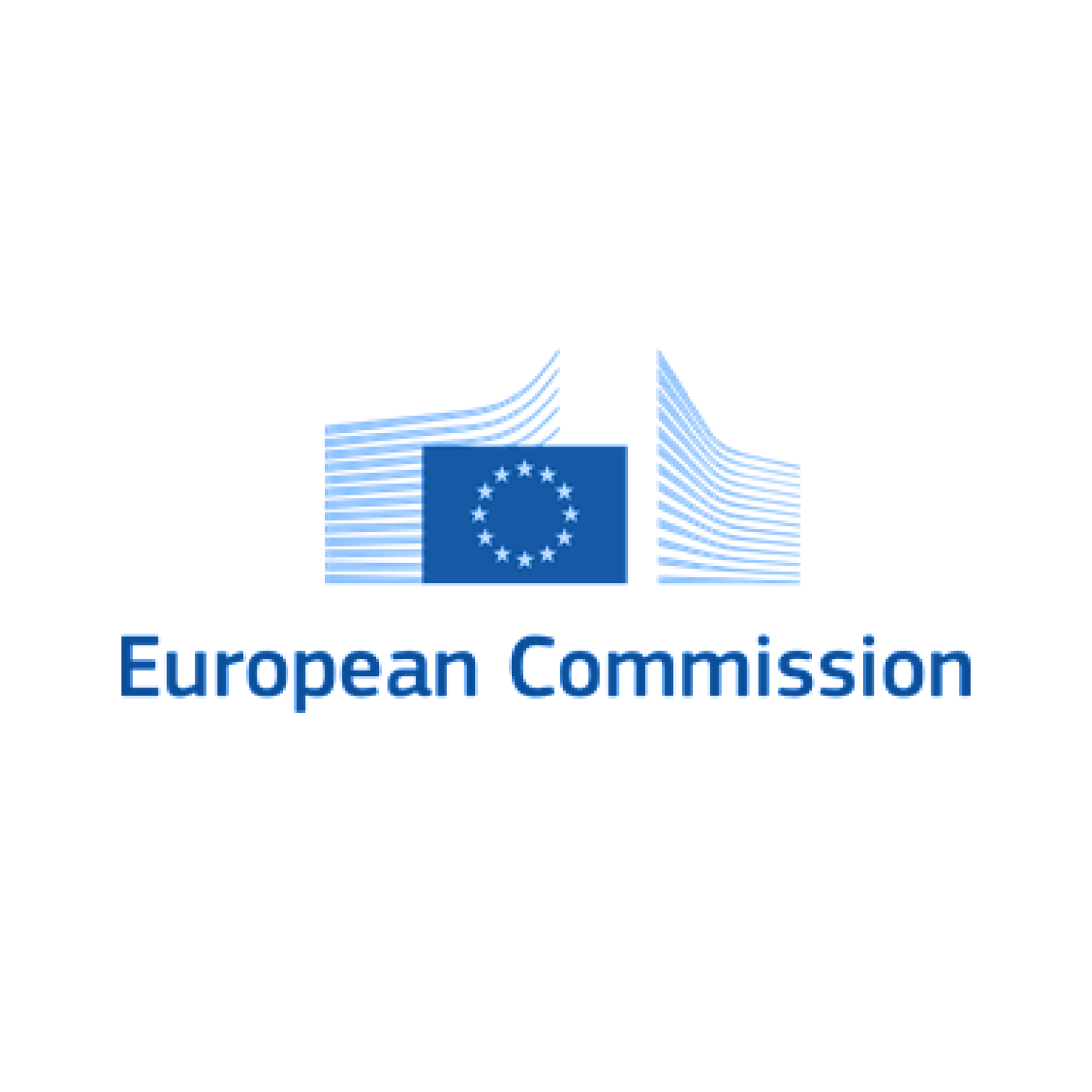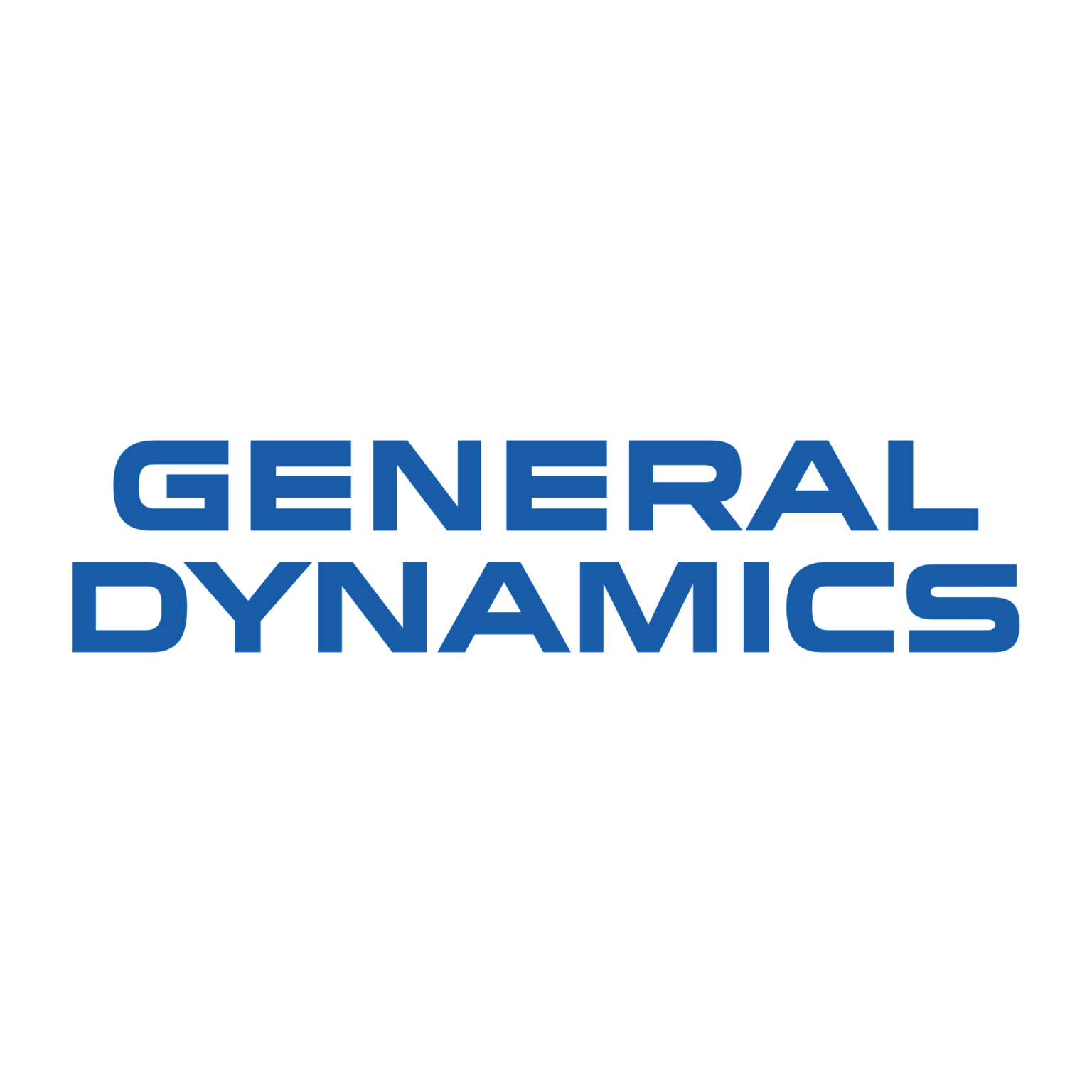
The European Union's proposed legislation on artificial intelligence, known as the AI EU Act, signifies a significant move towards regulating AI technologies within not only the EU but also the rest of the world. With its potential impact on businesses, comprehending and preparing for this regulatory framework is essential. In this blog, we'll explore the key provisions of the AI EU Act, its implications for organizations, and how tools like BusinessGPT can assist in compliance readiness.
Understanding the Regulatory Framework
The AI EU Act, drafted by the European Commission, aims to govern the development, deployment, and use of AI systems across various sectors within the EU. Its primary objective is to ensure the ethical and responsible use of AI while fostering innovation and competitiveness. The legislation adopts a risk-based approach, classifying AI systems based on the level of risk they pose and tailoring requirements accordingly.
Key Provisions of the Legislation
Prohibition of Unacceptable AI Practices: The AI EU Act prohibits AI systems that pose an "unacceptable" risk. These include systems deploying subliminal techniques, exploiting vulnerable groups, used for social scoring by public authorities, and real-time biometric identification in public spaces for law enforcement, with few exceptions.
Regulation of High-Risk AI Systems: High-risk AI systems, which significantly impact people's health, safety, or fundamental rights, must comply with stringent requirements before entering the market. These requirements cover risk management, data governance, transparency, and human oversight. Examples include AI used in medical devices, law enforcement, and critical infrastructure.
Transparency for Limited-Risk AI Systems: AI systems that pose limited risk, such as chatbots and biometric categorization systems, are subject to specific transparency obligations. These include informing users that they interact with an AI system and disclosing the AI-generated content.
Minimal Risk AI Systems: AI systems with minimal risk are not subject to additional legal obligations. However, the Act encourages providers to apply standards for higher-risk systems voluntarily.
General Purpose AI Models: The Act introduces specific rules for general-purpose AI (GPAI) models, especially those with high-impact capabilities that pose systemic risks. These models face more stringent requirements to ensure they do not negatively affect the internal market.
Regulatory Oversight and Penalties: The Act establishes a framework for regulatory oversight, including conformity assessments, market surveillance, and competent authorities' supervision. Non-compliance can result in significant fines, up to €30 million or 6% of the total worldwide annual turnover, depending on the severity of the infringement.
Preparing for Regulation with BusinessGPT
Risk Assessment and Mitigation: Utilize BusinessGPT's AI Firewall to identify and mitigate risks associated with high-risk AI applications, ensuring compliance with regulatory requirements. Conduct thorough risk assessments leveraging BusinessGPT's advanced analysis capabilities to evaluate the potential impact of AI systems.
Data Governance and Transparency: Implement robust data governance practices using BusinessGPT's data management tools, ensuring the quality, integrity, and transparency of data inputs for AI systems. Utilize BusinessGPT's data classification capabilities to categorize data according to sensitivity levels, facilitating compliance with transparency and disclosure requirements.
Compliance Monitoring and Reporting: Monitor AI usage and ensure ongoing compliance with regulatory provisions using BusinessGPT's monitoring and auditing features. Generate comprehensive reports and documentation with BusinessGPT's reporting tools, demonstrating compliance with regulatory requirements.
Training and Awareness: Provide training and awareness programs for employees on the requirements of AI regulation, leveraging BusinessGPT's AI-powered learning and development solutions. Create interactive training materials and resources using BusinessGPT's natural language processing capabilities to enhance understanding and compliance among staff.
Conclusion
As the EU moves towards implementing comprehensive regulations for AI, businesses must prepare to comply with the requirements. Tools like BusinessGPT offer valuable support in navigating the complexities of regulatory compliance, from risk assessment and data governance to compliance monitoring and employee training. By leveraging these tools effectively, organizations can ensure responsible and ethical use of AI while meeting regulatory requirements.
By understanding the AI EU Act and utilizing robust tools and strategies, businesses can stay ahead of the regulatory curve, fostering innovation while ensuring compliance and ethical AI deployment.












